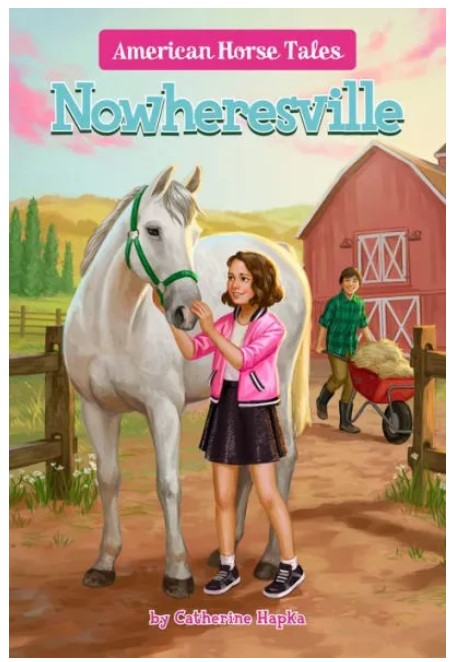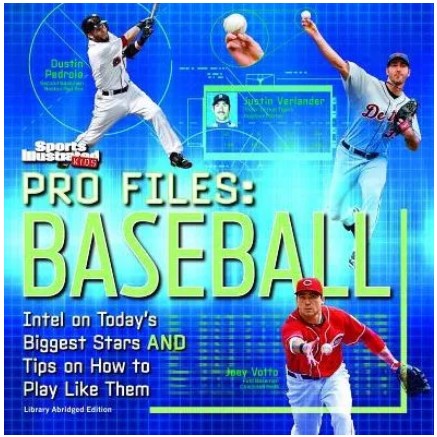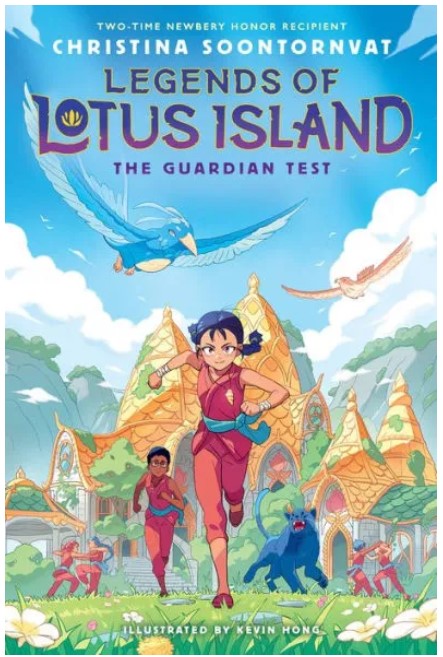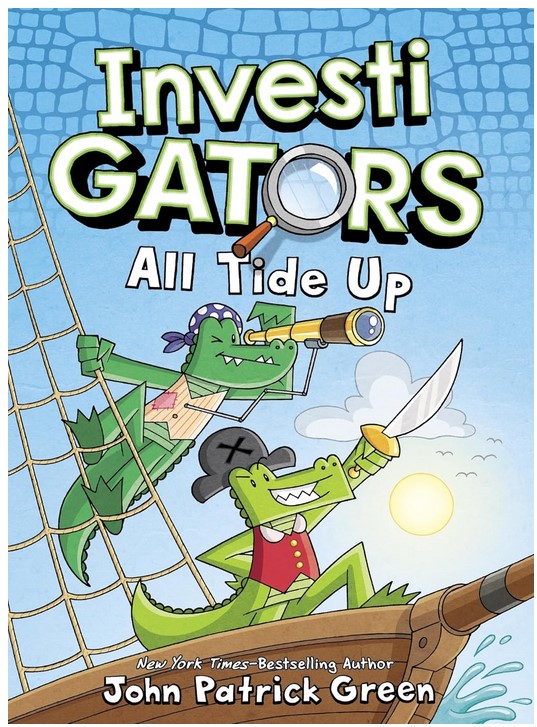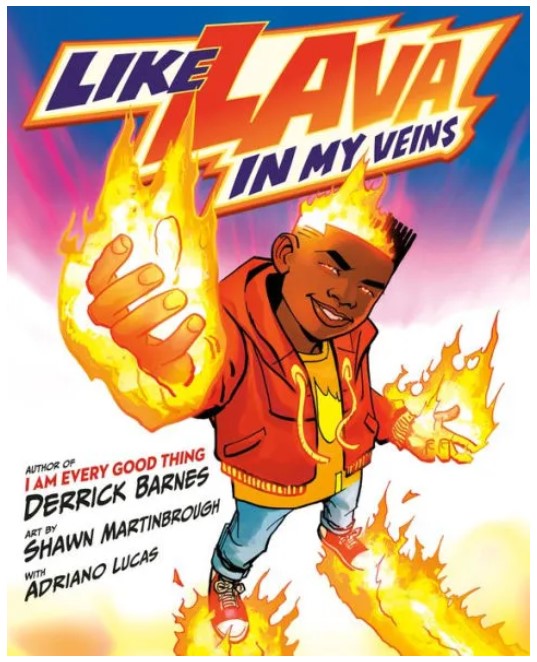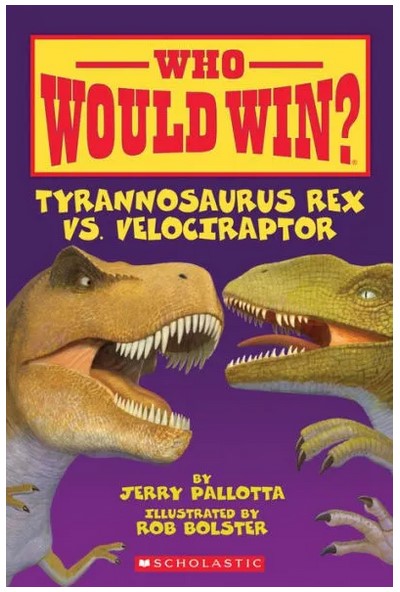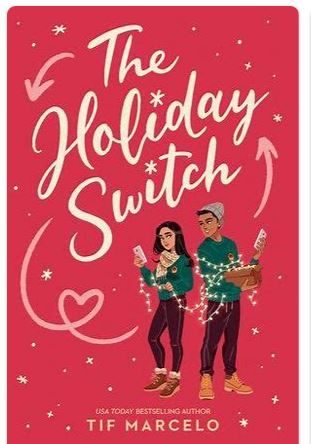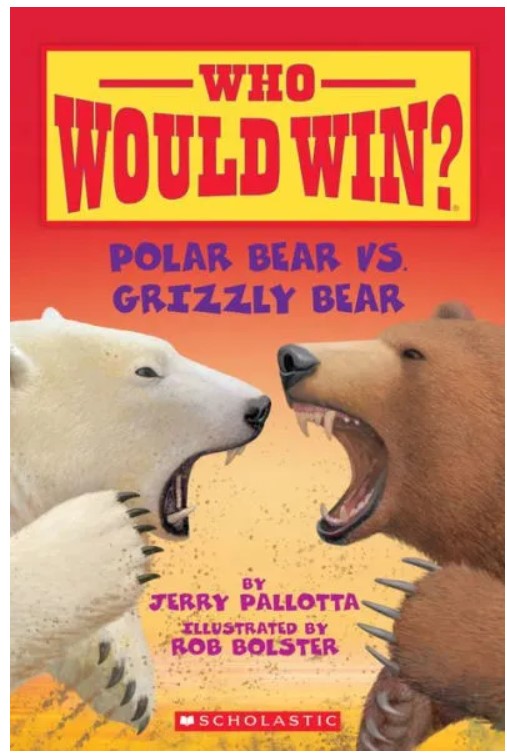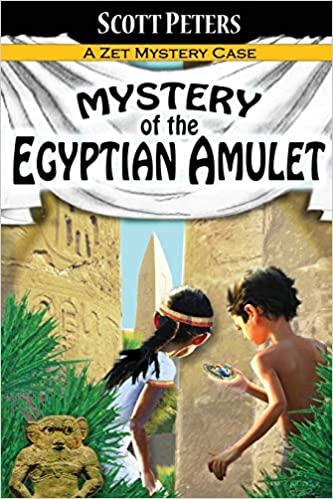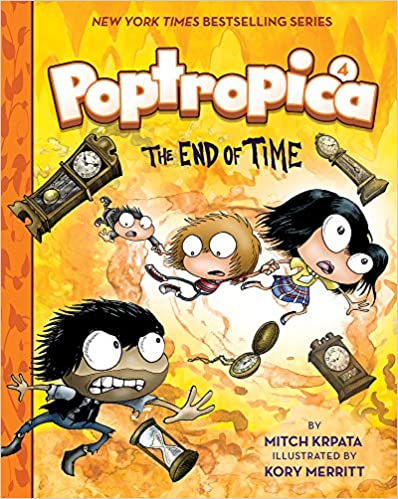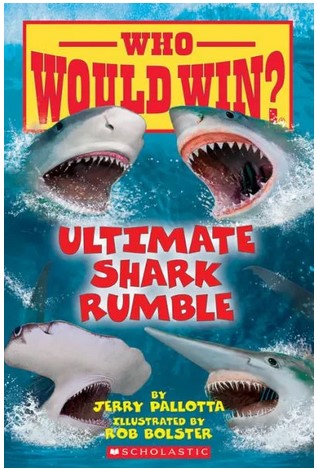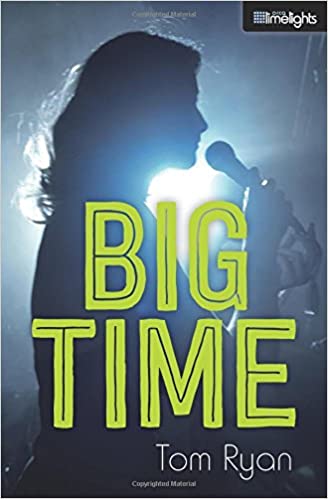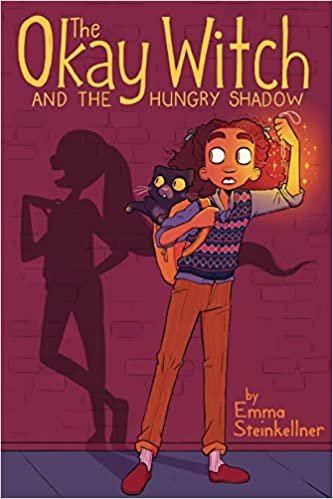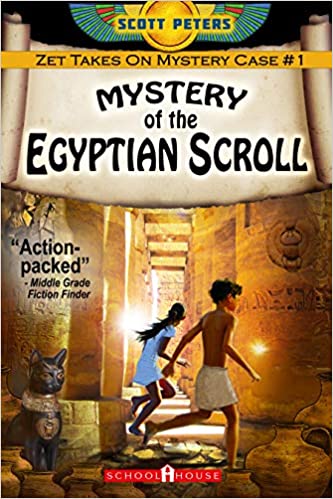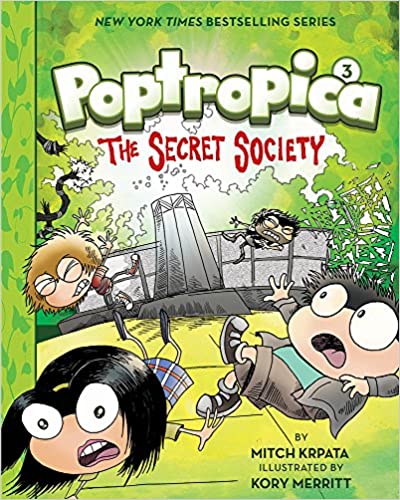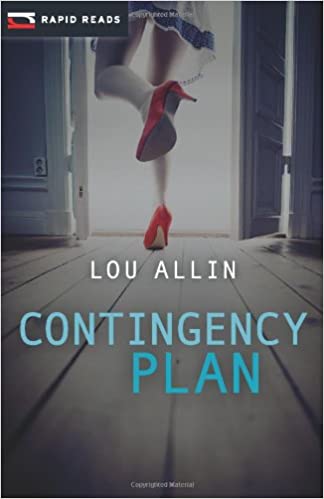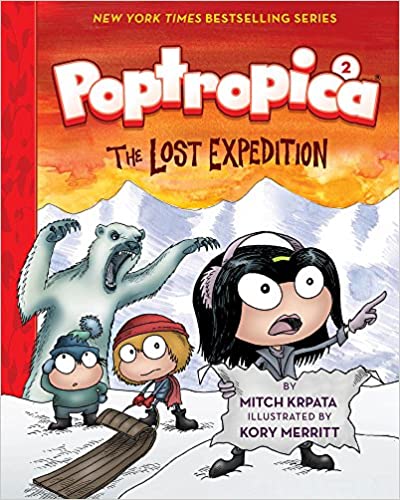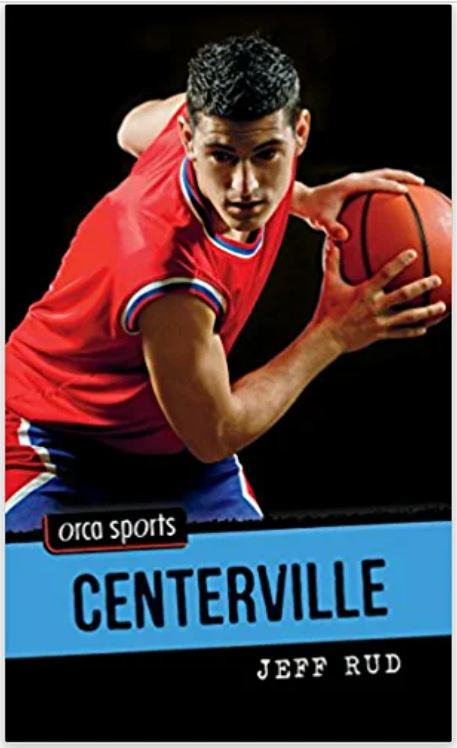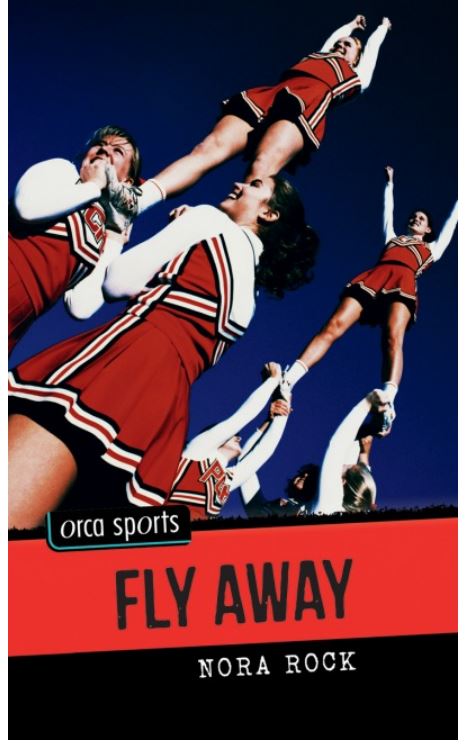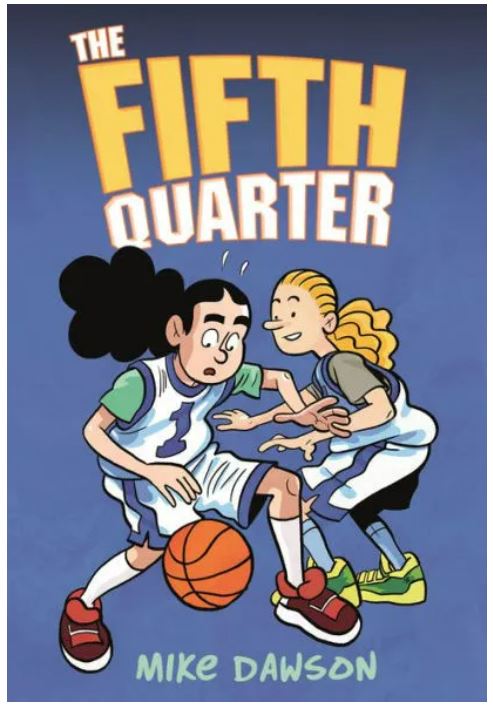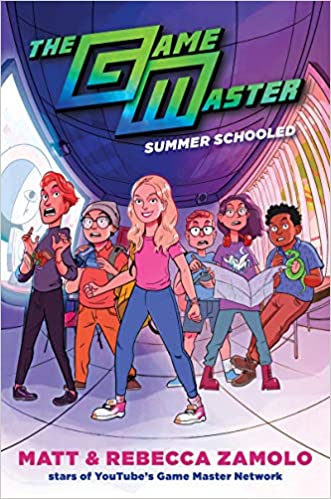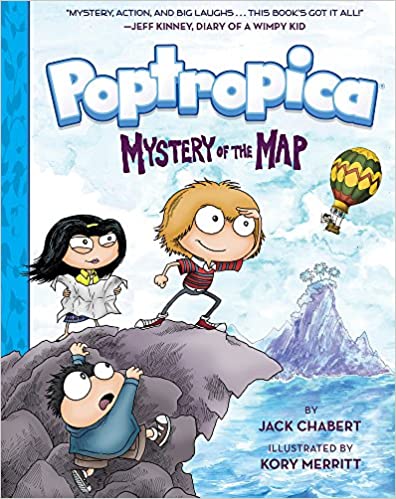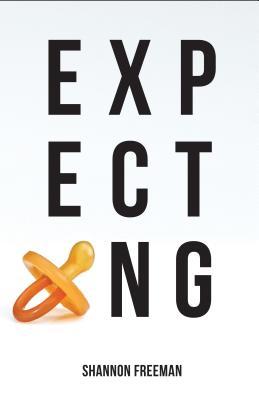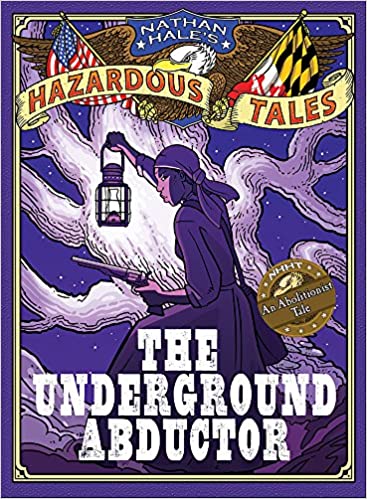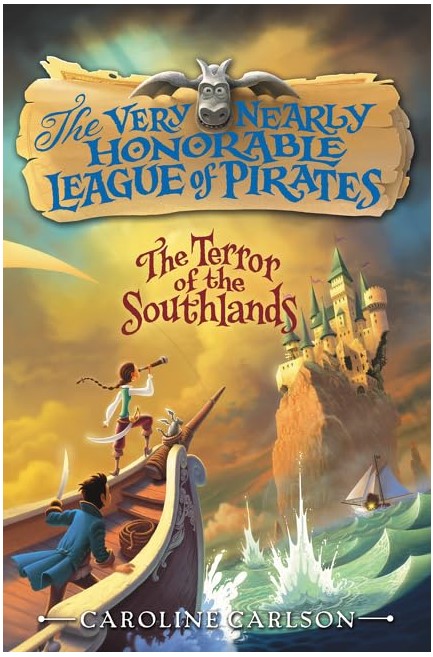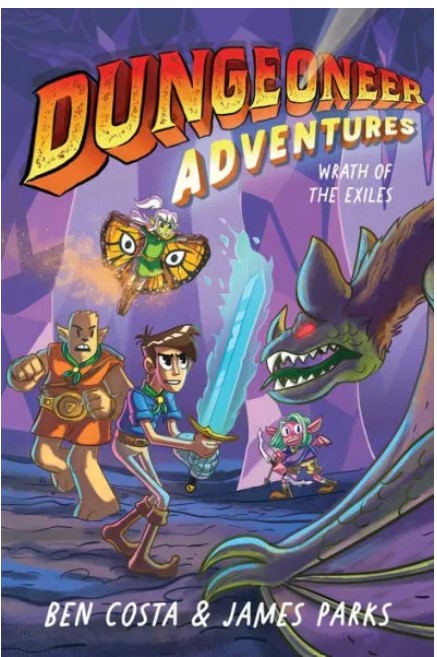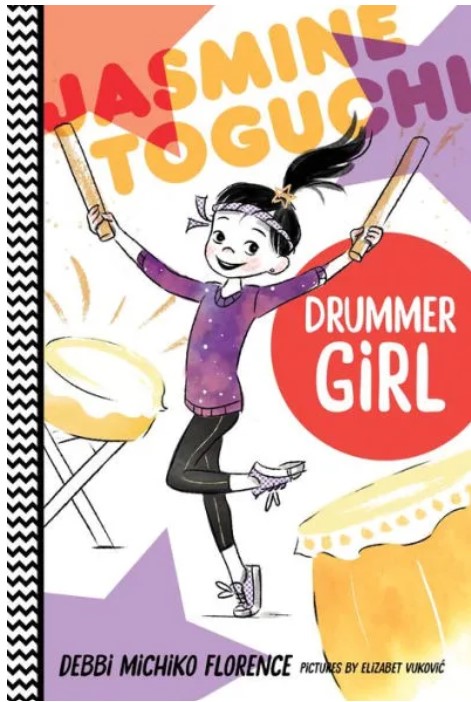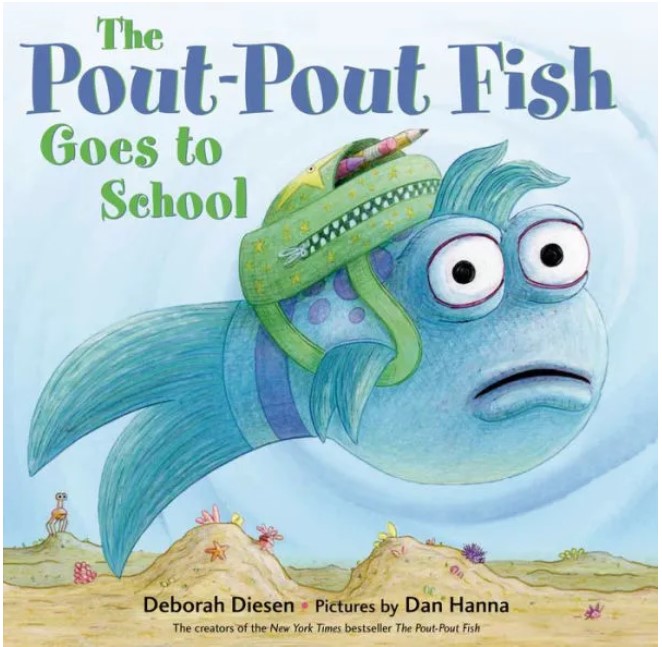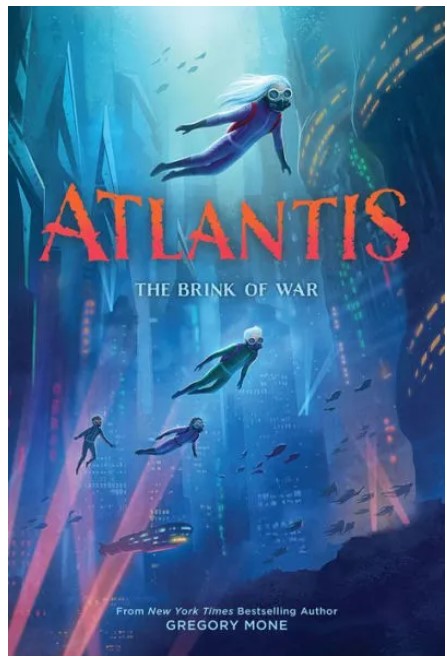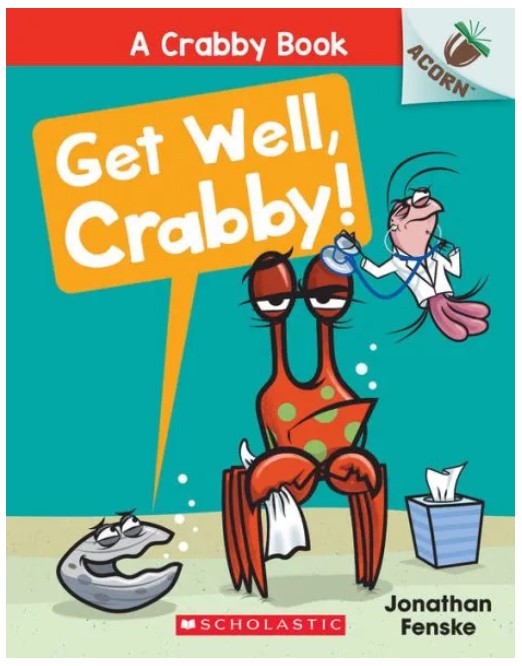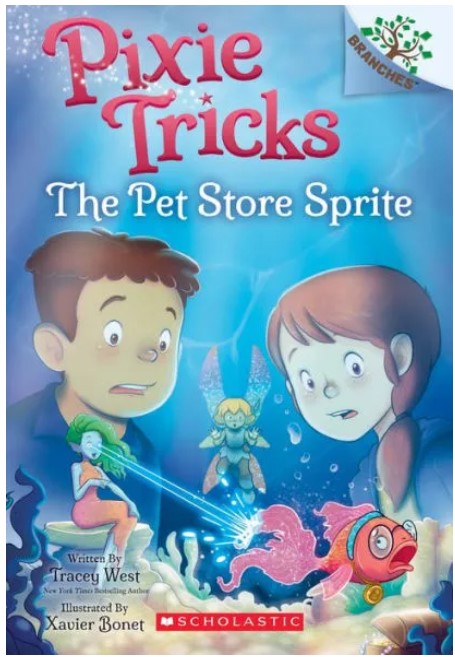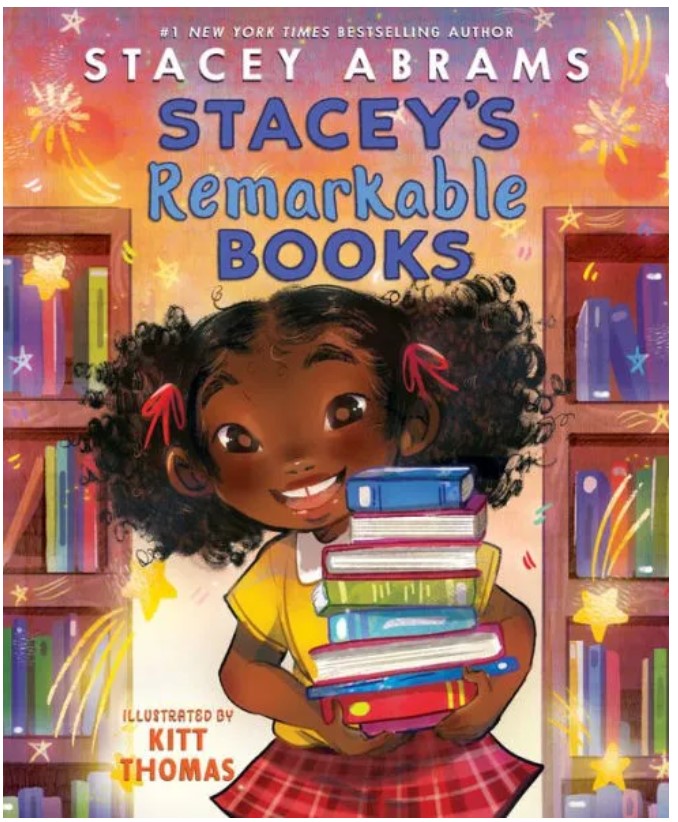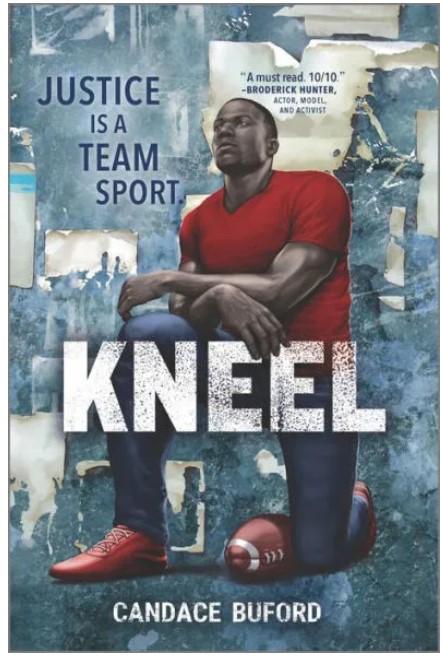Nat is proud of her mom for getting her dream job. But did she have to move them out of Philadelphia and into a small town in rural Pennsylvania? Who would choose to leave behind their friends, favorite falafel spot, and fun block parties for green fields and grazing cows? Nat is convinced there isn’t anything to love about her new hometown. . . but then she meets her cute next-door neighbor and his even cuter horse, Ghost. Can they help Nat embrace her new life as a small-town girl?
Anyone who has dealt with moving will relate to Nat’s difficulty adjusting to a small town. Like all preteens, Nat worries about meeting new friends and fitting into her new community. It doesn’t take long for Nat to meet Logan, her cute neighbor, or for two mean girls to target her. The two mean girls trick Nat into flirting with Logan. While Nat’s attempt at flirting is embarrassing, Logan kindly tells Nat that he just wants to be friends. Nat’s relationship with Logan is sweet, and Nat realizes “I wasn’t ready for all that boy-girl stuff yet . . . That didn’t mean I wanted to stop hanging out with Logan.” In the end, the two end up developing a friendship through their love of horses.
Nat is a very likable protagonist. One reason Nat is so likable is because she is an unselfish friend who empathizes with others. When a mean girl tells Nat, “If anyone saw you with Horrid Harper, your reputation would be totally nerfed,” Nat doesn’t allow the girls to influence her decisions. Instead, she quickly returns to her conversation with Harper. In addition to being a good friend, Nat is also a hard worker. When Nat discovers that Ghost is going to be sold, she brainstorms ideas to make enough money to buy Ghost herself. With the help of her new friends and her old friends from Philadelphia, Nat earns enough money to become a horse owner.
Nowheresville will have wide appeal because of the likable characters, the relatable conflicts, and the cute horses. The easy-to-read story has a straightforward plot that teaches the value of hard work. While none of the supporting characters are well-developed, they’re unique enough to add interest to the story, and they highlight the importance of having strong friendships. Readers will enjoy seeing Nat learn about life in rural America and will fall in love with Ghost alongside her. If you’re looking for more horse stories, try jumping into these books: Hollywood by Samantha M. Clark, Horse Girl by Carrie Seim, and Ride On by Faith Erin Hicks.
Sexual Content
- One of the girls has two moms.
- When Nat meets the boy next door, she wonders if he was flirting with her. Nat thinks, “What did flirting look like anyways? I’d heard Johari’s sister talk about it, but I still wasn’t sure.”
- In an attempt to embarrass Nat, two mean girls show up at Logan’s barn and ask if Nat and Logan have been kissing.
Violence
- While Nat is caring for the horses, two mean girls show up. After a brief conversation, the girls “were trying to scare the horses through the broken fence! When one of the girls tossed a handful of dirt into the paddock, Belle bolted wildly, bucking and snorting. She kicked out at Ghost as she passed, sending him jumping to one side.” Ghost gets out of the paddock, but Nat is able to calm him down and return him safely.
Drugs and Alcohol
- None
Language
- A mean girl tells Nat, “If anyone saw you with Horrid Harper, your reputation would be totally nerfed.”
- Nat thinks, “What the heck?”
- The mean girls give Nat bad advice on purpose. When Nat figures it out, she thinks, “Those rats!”
- Nat calls the mean girls jerks.
Supernatural
- None
Spiritual Content
- One of Nat’s friends goes to church on Sundays.
